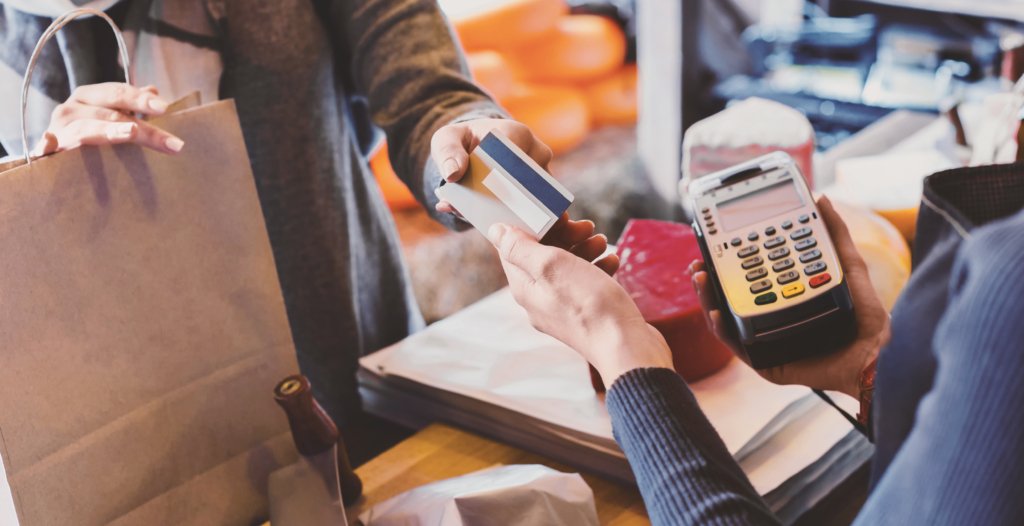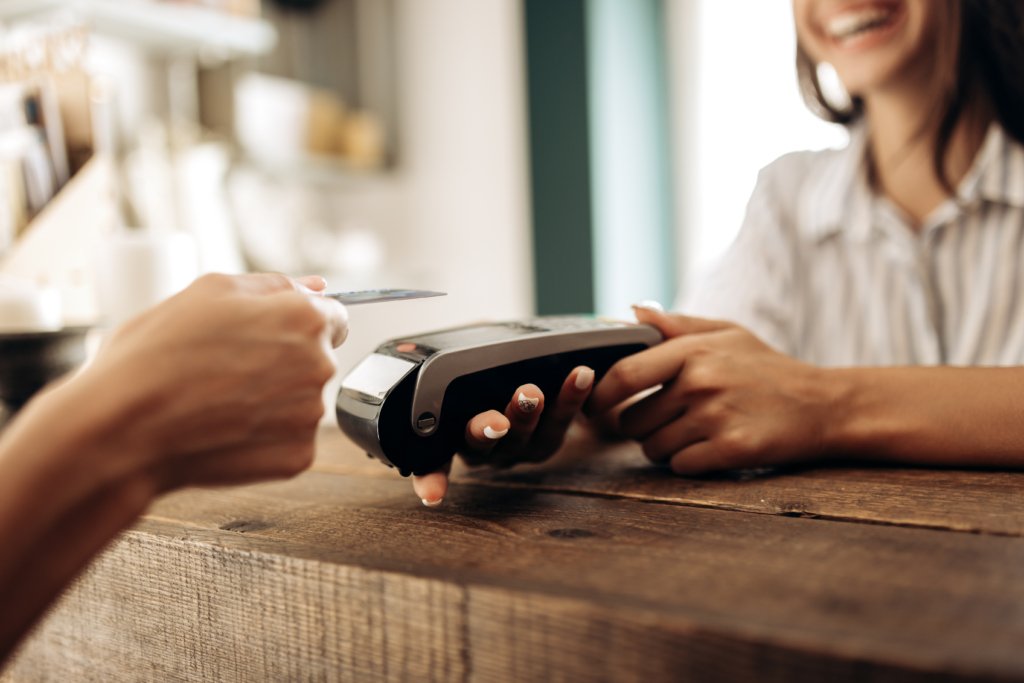
Cashless payment transactions are getting more prevalent than ever because of the pandemic. With the movement restrictions and concerns over the safety of handling cash with the virus hovering around us, it pays for small and start-up businesses to catch up with technology.
Adjusting to the new normal means enterprises should acquire the tools needed to accept contactless payments. The best part? It doesn’t cost an arm and a leg to have a mobile card reader for businesses to start accepting cashless transactions.
How Does a Card Reader Work?
Have you seen the device that stores use to scan your cards with? The one that’s just a bit bulkier and heavier than your mobile phones? That’s the typical credit card reader and it acts as an actual cash register as it can update item inventory, as well as store product descriptions, prices, tax details, and discounts.
These convenient devices have pre-installed Subscriber Identity Module (SIM) cards that facilitate the readers’ connection with a mobile network. Once the client’s card is scanned through, the card reader scans the data, and taps General Packet Radio Service (GPRS) technology to process the payment by reaching out to the card’s issuing bank to authorize the transaction.
In some cases, your smartphone or table can be converted into a cash register, too, just by attaching a mobile card reader onto it. Simply install a mobile point-of-sale (mPOS) application, and you’re good to go. Just make sure your device has robust battery life and that your store has an internet connection to start accepting card payments.
Card readers use Near Field Communication (NFC) and Radio Frequency Identification (RFID) technology to read your customers’ cards for contactless payments. The payor only needs to tap their card on the machine to complete the transaction.
Having a card reader is a great alternative if your business is still accepting credit card payments on the phone.

Why Your Business Needs a Card Reader
A card reader offers a host of benefits for your business, among them flexibility and mobility. Additionally, getting a card reader comes with these explicit benefits:
- Convenience for Both Your Business and the Customer
With the pandemic causing reduced bank operating hours and long queues on Automated Teller Machines (ATM) for cash withdrawals, it’s no longer a surprise that most people rely on their debit and credit cards for payments.
A card reader in your store allows for seamless payment processing for both you and your client. Here’s a good resource when looking for the best card reader choices.
- Helps Increase Your Revenues
Aside from convenience, having a card reader allows you to be more flexible in accepting payment types, helping you accommodate a wider range of customers. By always being ready to accept payments of any form, for instance for credit and debit cards, as well as mobile wallets, your business will capture higher sales.
- Accept Payments Offline
Some mobile POS applications work even if you’re offline. This means you’re not tied to the internet connectivity strength or reliability of electricity supply in order to process payments. Armed only with your mobile credit card reader as an attachment to your mobile phone or tablet, you can go to trade fairs, product exhibits, and any outside store business expansion opportunities to attract more customers.
- Access to Helpful Business Software Package
Card readers won’t work without its brain, or the bundled software that gives it specific functionalities. A good mobile point-of-sale or card reader can process more than just payments. The software or apps that they typically come with may include apps for inventory management, sales reports, and invoices, among other business processes. Some card readers have payment integrations processes linked to specific e-commerce platforms.
- Cost-Effective
Some mobile card readers are available without a lock-in contract. However, you may need to pay a minimal amount for the point-of-sale software bundled with your card reader. Even better, you don’t have to reach minimum transaction amounts, which means you’re not obliged to reach a specific sales amount to keep your card reader.
Some mobile credit card readers may cost you anywhere from USD$10 to USD$29, depending on the inclusions such as swipe and chip readers. Transaction fees may vary from USD$2.40 to USD$2.70 plus some additional costs for each payment.
Final Thoughts
In choosing the best card reader for your business, the first step is to understand what your business really needs and how you intend to use the machine on a regular basis. Once you’ve answered these key questions, compare the costs of getting and keeping one, as well as the overall functionalities and the apps that go with it.
